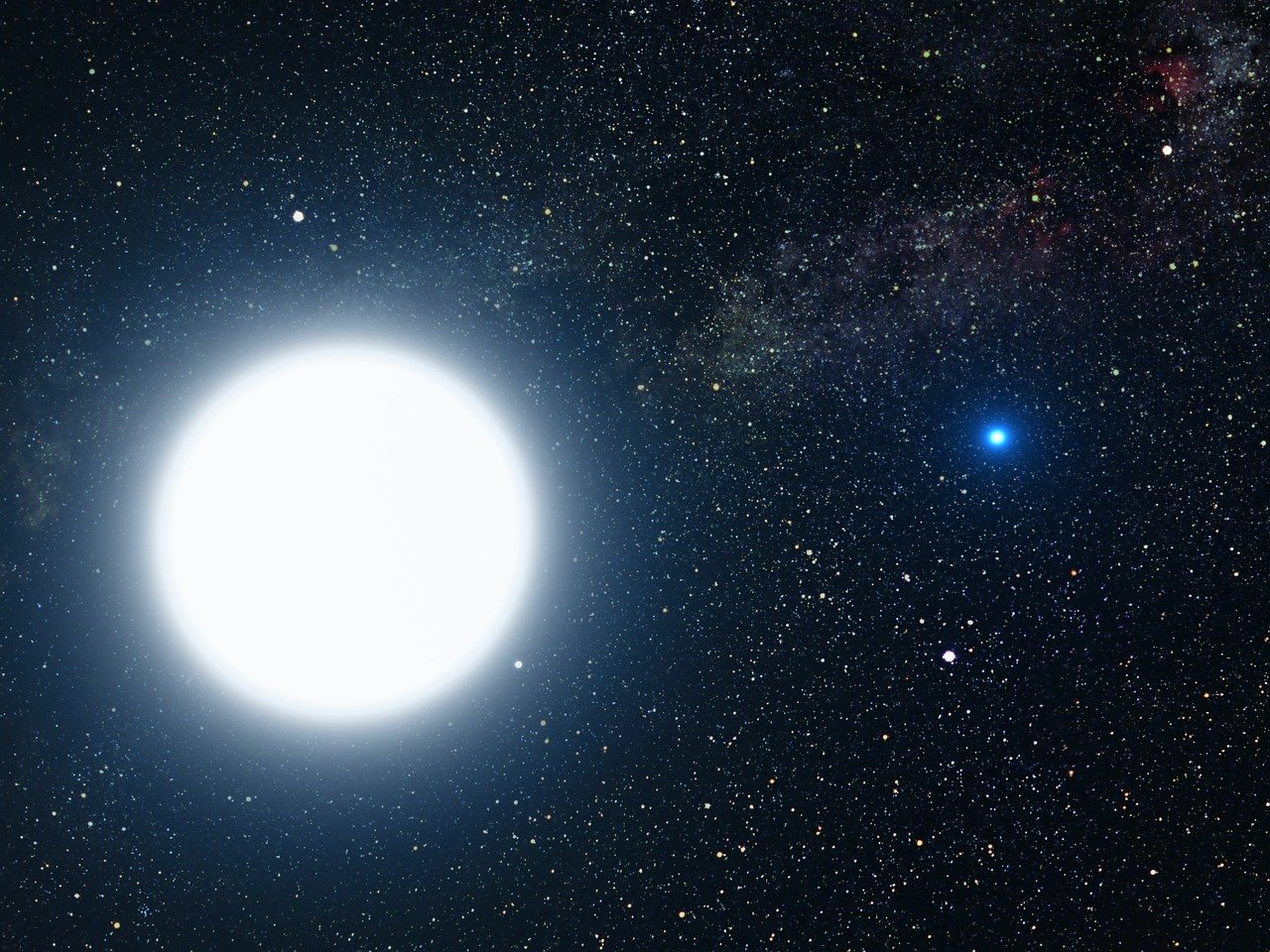
Pre-reading questions:
I will read each question. Then, please answer them.
- Do you believe that there is life on other planets? Please elaborate on your answer.
- Could you give three reasons why Earth is habitable?
Vocabulary:
I will read the words, meanings, and sample sentences. Then, repeat after me.
- capable /KEY-puh-buhl/
- identify /ahy-DEN-tuh-fahy/
- initially /ih-NISH-uh-lee/
- existence /ig-ZIS-tuhns/
- influence /IN-floo-uhns/
[adjective] – having the ability, power, or qualities to be able to do something
I believe your idea is capable to be enhanced.
[verb] – to recognize someone or something and say or prove who or what that person or thing is
Even a newborn can identify its mother’s voice.
[adverb] – at the beginning
The new plan was initially well received by the majority of people.
[noun] – the fact of something or someone existing
They founded a theater company that is still in existence today.
[verb] – to affect or change how someone or something develops, behaves, or thinks
What factors influenced your decision to pursue a profession in nursing?
Article reading:
Please read the whole article. Then, I will check your pronunciation and intonation.
Scientists believe there could be a planet capable of supporting life in the vicinity of a dying sun. If confirmed, this would be the first time a potentially habitable planet circling a “white dwarf” star has been identified.
The planet was determined in the star’s “habitable zone,” a region where life can flourish without being too cold or too hot. The findings were published in the monthly notifications of the Royal Astronomical Society. According to the study’s leader, Prof. Jay Farihi of University College London, the sighting was completely unique to astronomers. When massive stars die, they become black holes, whereas smaller stars, like our Sun, become white dwarfs, or stars that have burned through all of their nuclear material and lost their outer layers. They are the size of a planet when they initially form and emit a bluish-white light. The hypothetical planet is 117 light-years away from Earth and is 60 times closer to the star than our planet is to the Sun.
The existence of the planet is not proven, but the movement of 65 Moon-sized objects about the white dwarf’s habitable zone suggests it does. The distance between the structures does not change, indicating that they are influenced by a nearby planet’s gravity.
The planet was determined in the star’s “habitable zone,” a region where life can flourish without being too cold or too hot. The findings were published in the monthly notifications of the Royal Astronomical Society. According to the study’s leader, Prof. Jay Farihi of University College London, the sighting was completely unique to astronomers. When massive stars die, they become black holes, whereas smaller stars, like our Sun, become white dwarfs, or stars that have burned through all of their nuclear material and lost their outer layers. They are the size of a planet when they initially form and emit a bluish-white light. The hypothetical planet is 117 light-years away from Earth and is 60 times closer to the star than our planet is to the Sun.
The existence of the planet is not proven, but the movement of 65 Moon-sized objects about the white dwarf’s habitable zone suggests it does. The distance between the structures does not change, indicating that they are influenced by a nearby planet’s gravity.
Comprehension questions
I will read each question. Then, please answer them based on the article.
- What do scientists believe about a planet in the vicinity of a dying sun?
- Where were findings published?
- What happens when massive stars die?
- What is the distance of the hypothetical planet away from Earth?
- Is the existence of the hypothetical planet proven?
Discussion questions
I will read each question. Then, please answer them.
- What newly discovered planets do you know of? Please elaborate on your answer.
- Based on your knowledge, what makes a planet potentially habitable? Please explain your answer?
- If the planet orbiting a white dwarf star were habitable, what would like to live there? Why?
- Do you believe that the planet mentioned in the article supports life?
- What do you think of the planet orbiting a white dwarf star? Please explain your answer?